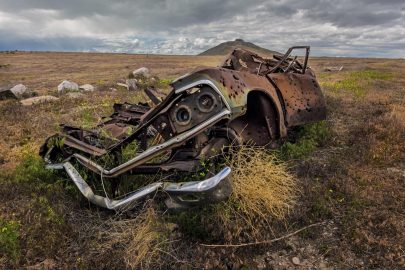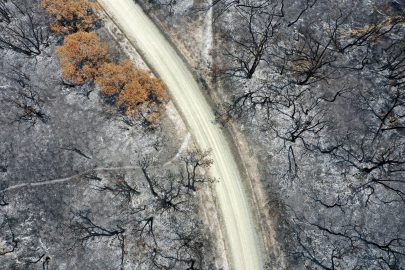The coral reefs in our oceans are disappearing at a fast rate. The movie takes place over three years to gather all of its information. This is a good documentary to watch in my opinion. This is a real story with lots of research, traveling, connections, and other aspects to it. Many marine biologists, coral reef biologists, and underwater crew were needed for the production. It gives insight as to how the ocean is being destroyed and focuses on coral specifically. The ocean controls a lot of things on earth such as our climate, the weather, and the oxygen levels. With that being said, an unhealthy ocean creates an unhealthy planet. In the last thirty years, we have lost fifty percent of the ocean’s coral around the world.
Coral reefs are home to many sea creatures. The main reason we have reefs is because organisms depend on them to cooperate together. In the morning, the ocean has a morning chorus where divers can hear purring, grunts, and groans from all sorts of life. Coral is an animal with thousands of polyps on it (a mouth surrounded by tentacles that have microalgae in them which is how the coral eats). At night, the polyps sleep and the coral sends out its tentacles to eat anything that swims by. Coral is reliant on polyps as the polyps are reliant on the coral. All species of coral are different shapes, colors, and sizes.
Something that is becoming more common is the bleaching of coral. Bleaching is a stress response that makes coral turn white. Richard first noticed this in the American Samoa. A reef that was healthy six months ago is now white. The uprise of coral bleaching is due to the rising temperature of the ocean. Once the ocean raises its temperature by two degrees celcius, the coral undergoes the stress response. The flesh becomes clear when the coral bleaches. The white is the coral’s skeletons. When the coral turns white it is still alive, but does not grow or reproduce. It will eventually die and become fuzzy when dead.
Richard Vevers, an underwater photographer, used to dive as a teenager and he stopped seeing one of his favorite animals. He was concerned by this and started the Excel Catlin Seaview survey. The purpose was to reveal the ocean and its problems to the world, but people didn’t see the problems. He has the idea to get in touch with Jeff Orlowski, a filmmaker. They then worked with Zack Rago, an underwater camera technician / coral nerd and Trevor Mendelow, an underwater camera engineer. Together, they designed a magnetic arm to clean the cameras underwater for a long period of time. Due to the many factors of having a camera underwater, the depth, pressure, and saltwater caused a few issues along the way. They made three cameras for the project and did not test them (camera 1 in the Bahamas, camera 2 in Bermuda, and camera 3 in Hawaii). The cameras were sent down in a vacuum sealed glass dome with wires connected to the boat and the images could be seen on a tablet. A three hundred sixty degree picture was taken every three seconds when the divers were in the water. Andrew Ackerman, a divemaster and underwater cinematographer, described this process as underwater construction.
The main message of this film is to educate yourself and try to do what you can to save the earth around you. This documentary gave me a lot to think about. There was a lot of information given, at all times, but it was a very informational film. It got me to think more about how global warming is affecting the ocean and the creatures that live in it rather than just thinking about the things we see it affecting. In the film it was said that the ocean is out of sight, out of mind for a lot of people and this is definitely true. People who do not live near an ocean or do not know about sea life really do not think about how they are still impacting it. I think that it is important for those people to see this to be more educated about what a large part of our world is, the ocean.
Work Cited
“Chasing Coral.” Netflix. Coombe, Davis. Curtis, Vickie. Orlowski, Jeff. Netflix Original. Exposure Labs. 2017.


